Bringing a new puppy home is an exciting experience for the whole family, but your resident dog might not see it that way at first. For an older dog who’s been the “only dog” in the house, adjusting to another dog can take time, effort, and plenty of patience. However, with the right steps, thoughtful planning, and attention to dog body language, your current dog and the new arrival can learn to live harmoniously and even become the best of friends.
Here’s a step-by-step guide to help you manage the introduction process, ensuring a smooth and happy transition for all your furry family members.
Preparing Your House for the New Dog’s Arrival
Before bringing another dog into your home, get your space ready to minimise potential problems during the first few weeks:
-
Create Separate Areas: Use baby gates or barriers to set up separate rooms or spaces where both the puppy and older pooch can feel safe. This also prevents any territorial tension.
-
Prepare Individual Food Bowls: Dogs can become protective over food, so ensure both have their own dedicated food bowls.
-
Secure the House Lines: Puppies, especially a bouncy puppy, can get into everything! Protect sensitive areas like carpets and furnishings.
-
Stock Up on Toys: Provide toys that each dog can call their own to keep them occupied while ensuring they don’t fight over possessions.

First Meeting on Neutral Ground
When introducing your new dog and existing dog, it’s crucial to meet on neutral ground. This could be a quiet park or an open space away from your home turf. By removing the home territory factor, you can reduce the likelihood of either dog becoming territorial.
Step-by-Step Guide for Introductions:
-
Both Dogs on a Leash: Keep both the puppy and resident dog on-lead during the first meeting. A leash gives you control in case of unexpected reactions.
-
Give Them Space to Sniff: Allow the dogs to meet and explore one another without forcing interaction. Sniffing is a natural way for dogs to get acquainted.
-
Look for Positive Signs: Tail wags, relaxed ears, and curiosity are great indicators. However, watch for raised fur or a stiff posture, which may signal discomfort.
-
Short Walk Together: Once they’ve sniffed each other, try taking a short walk together. This keeps movement ongoing and helps establish calm energy between them.
Understanding Dog Body Language
Dogs use subtle signals to communicate feelings. Knowing how to read dog body language can help you identify whether your older dog or new pup is feeling calm, stressed, or aggressive.
-
Signs of Stress: Look out for things like raised fur, growling, or avoidance. If either dog begins showing these signs, separate them and allow some time apart in separate areas.
-
Positive Behaviour: Relaxed tails, slow blinks, and play bows are excellent indicators of comfort and willingness to engage.

The First Few Weeks at Home
Once your new dog home transition starts, the first few weeks are critical to setting house rules and building trust between your dogs:
-
Supervised Interactions Only: Until both your dogs display comfort with one another, keep their interactions fully supervised. Avoid leaving them alone together.
-
Gradual Integration: Allow your current dog and the new dog to spend time together in shared spaces, ensuring there’s escape room for either dog if they need it.
-
Reinforce Good Behaviour: Use vocal praise or treats to reward positive interactions. This reinforcement encourages both to associate the other’s presence with something good.
-
Maintain One-on-One Time: It’s important to show your existing dog that they’re still a valued part of the family. Dedicate individual playtime or walks to reassure them they’re not losing attention.
What to Do If Tensions Arise
Even with preparation, tensions can sometimes arise between two dogs as they adjust. Here’s how to handle it:
-
Separate with Baby Gates: Create separate rooms or spaces to give the dogs a momentary break from each other.
-
Consult a Qualified Behaviourist: If signs of aggression persist or you’re unsure how to proceed, seeking expert advice early on is the right path to a harmonious relationship.
-
Stay Calm: Dogs pick up on their owner’s emotions. If conflict arises, staying calm helps reassure them.

Additional Tips for Harmony
-
Up-to-Date Vaccinations: Ensure all dogs’ vaccinations are current before bringing them into close proximity, as diseases can spread quickly between pets.
-
Eating Separately: Feed your dogs in separate areas until they’re used to sharing a home.
-
Monitor Play: Watch for overstimulation during play sessions. Puppies can overwhelm an adult dog with enthusiastic energy, so guide interaction appropriately.
Final Thoughts on Introducing a New Dog
Adding a new puppy or dog to your family can be challenging, but with patience, understanding, and this step-by-step guide, you’ll be setting your fur babies on the right path to a harmonious relationship. Remember, every canine relationship is unique, so take it at the pace that’s best for your household.
With time, your resident dog and new furry family member are likely to form a deep and lasting bond. Soon enough, they’ll not only coexist but thrive together.
Invest in the process today to ensure a lifetime of companionship for all your dogs.

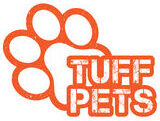
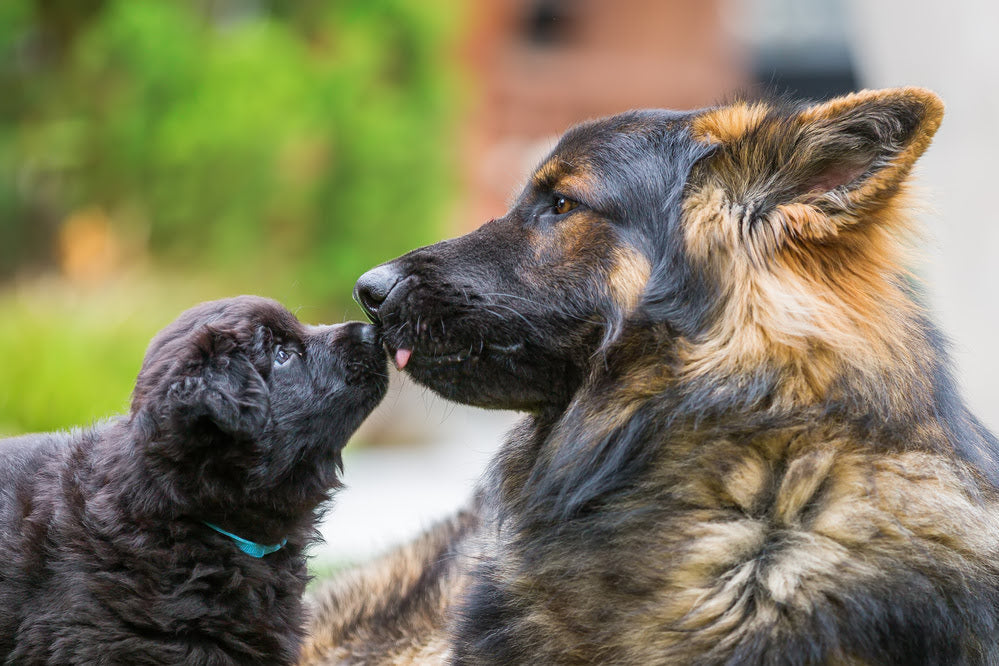
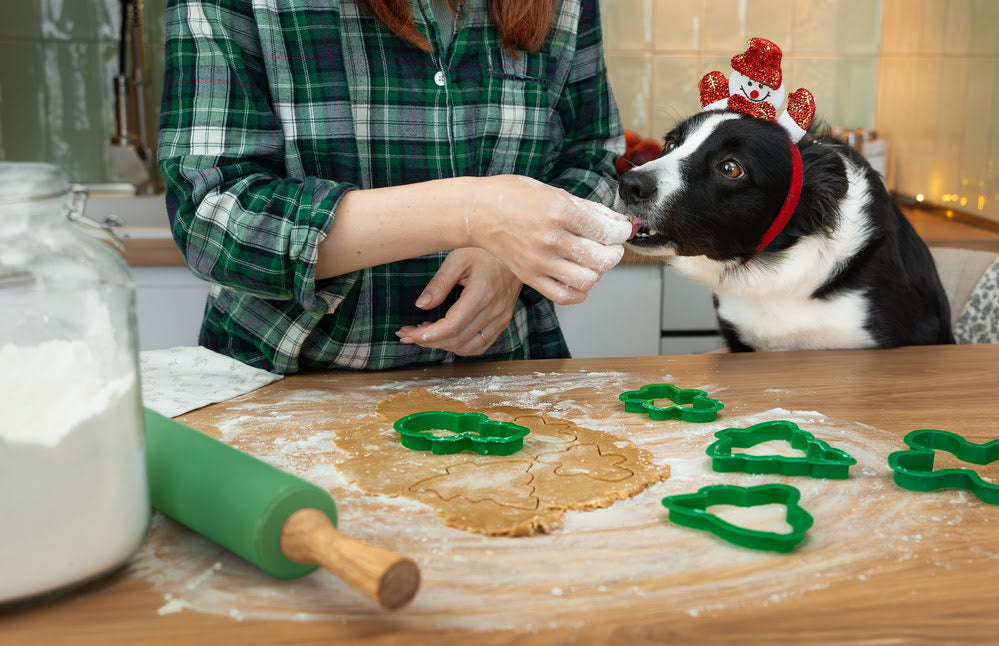
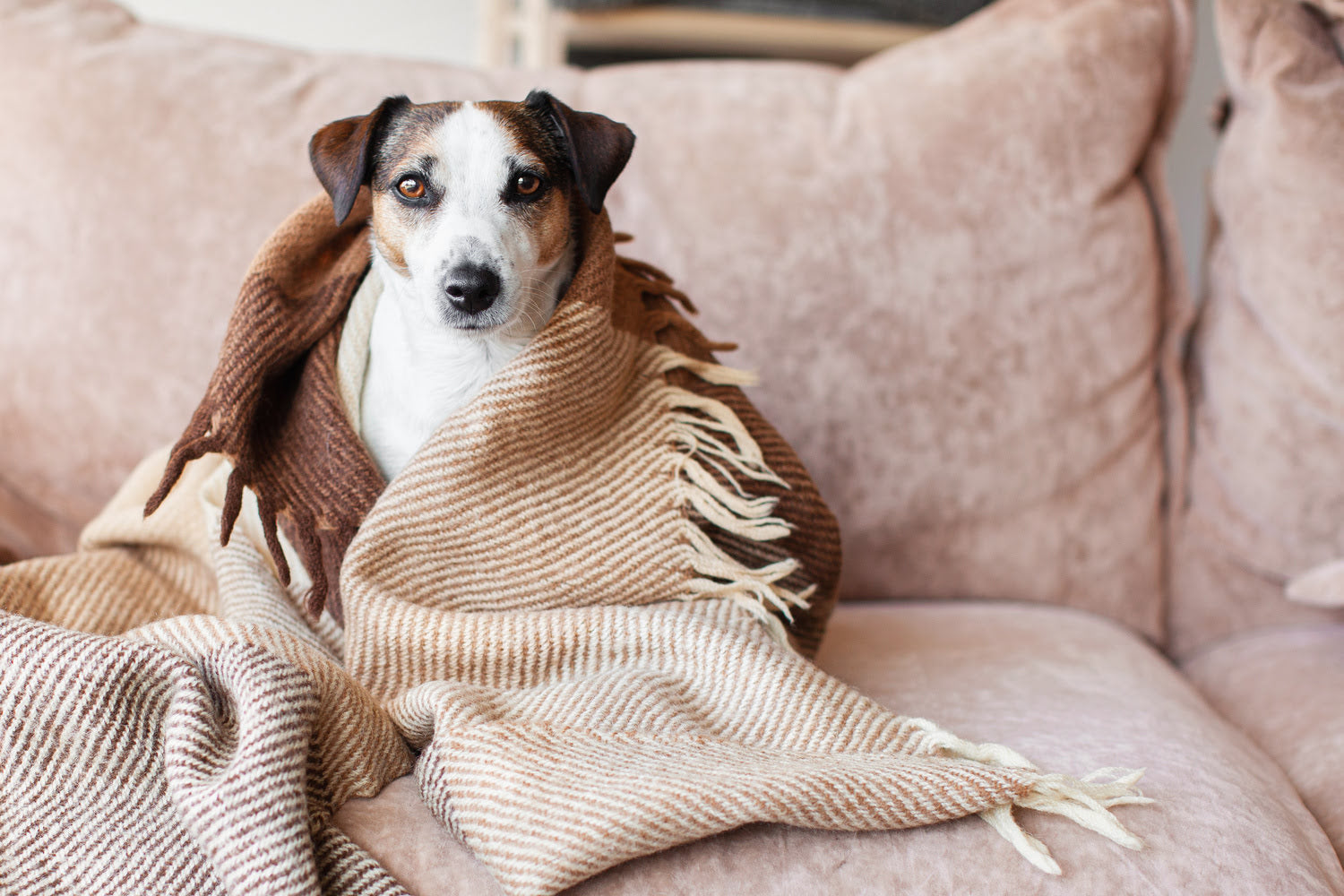
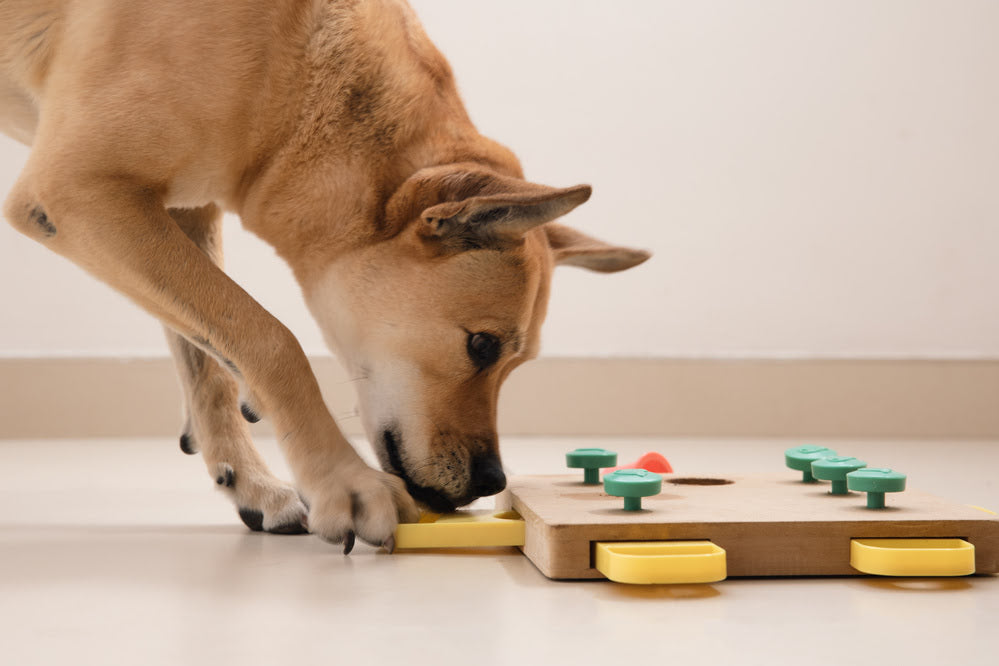


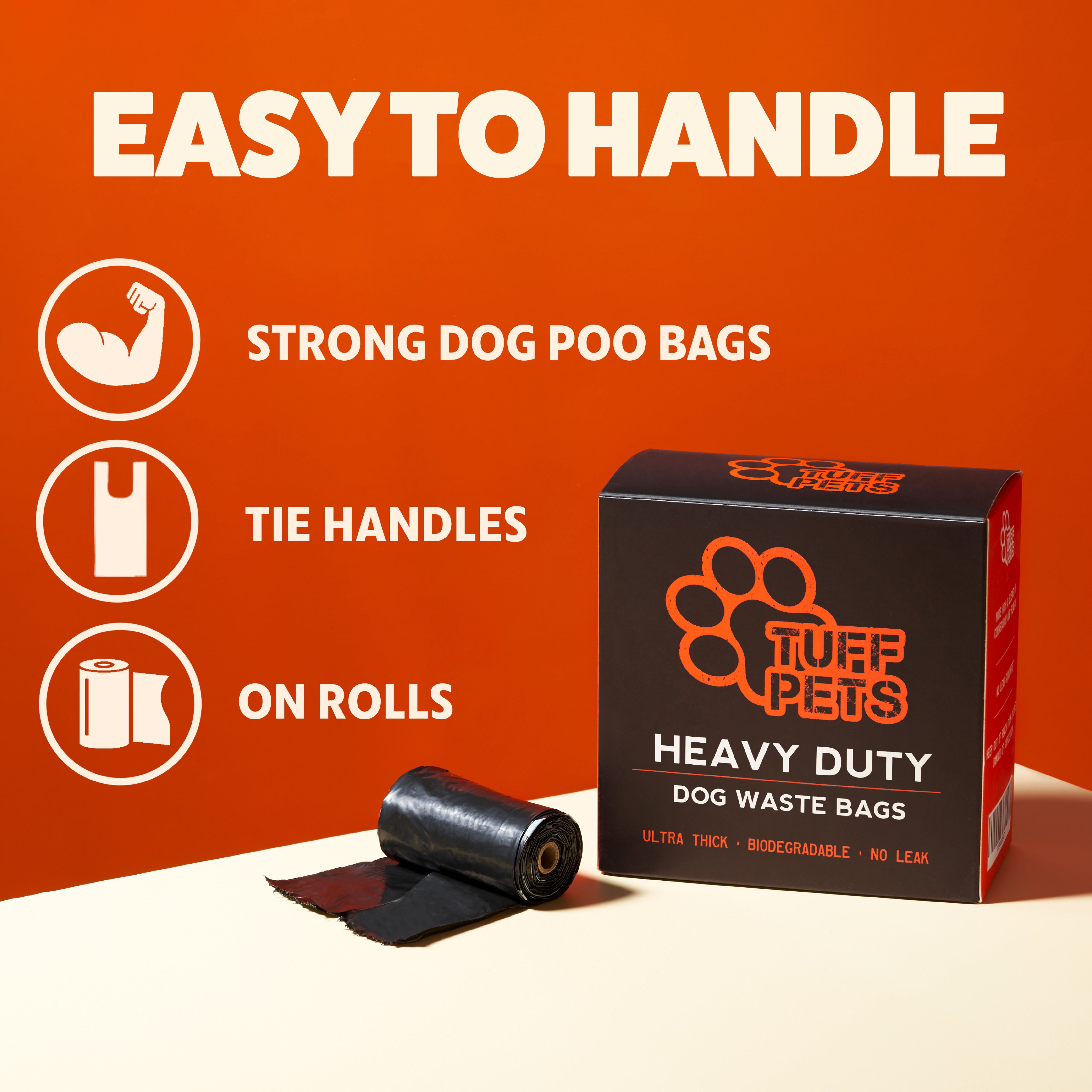
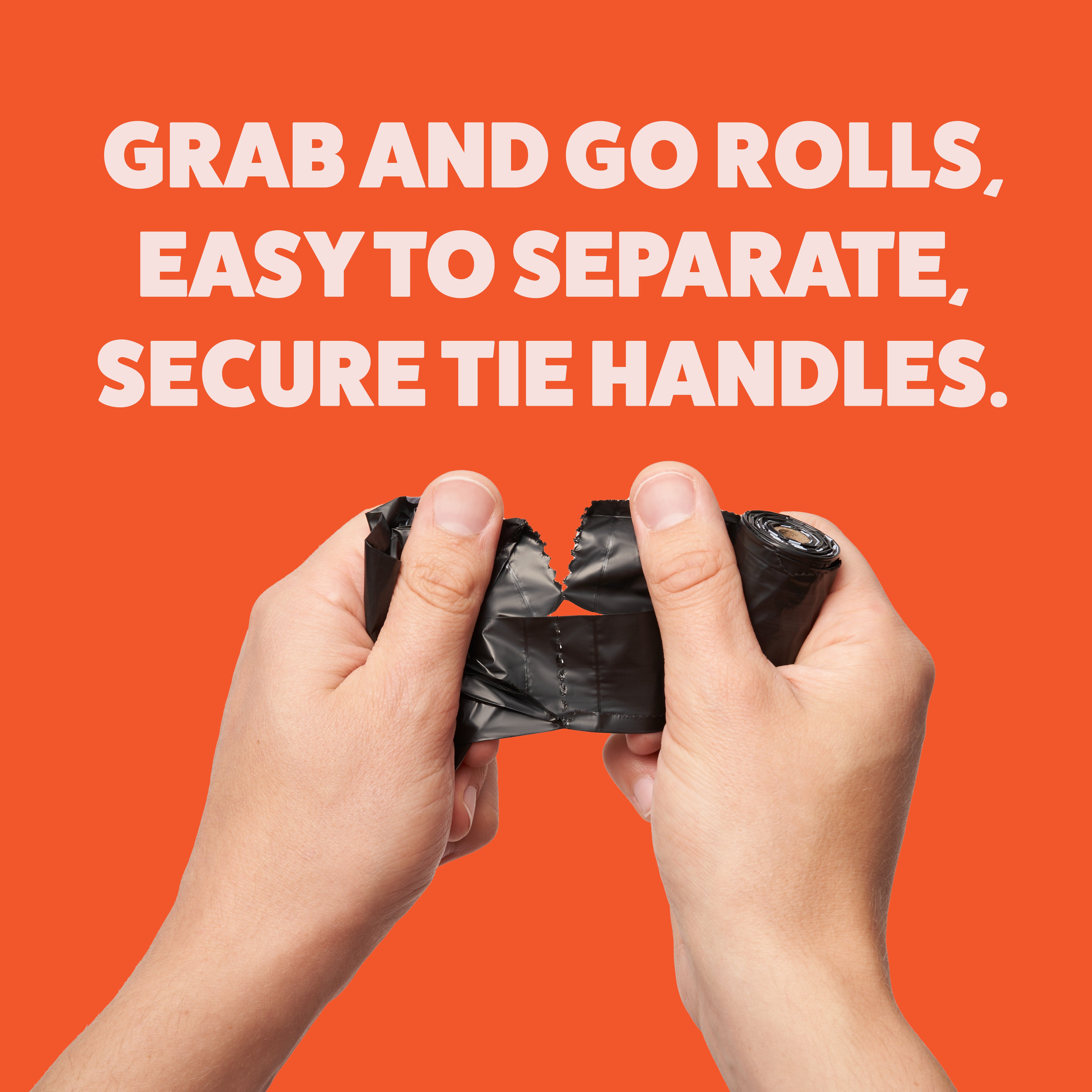
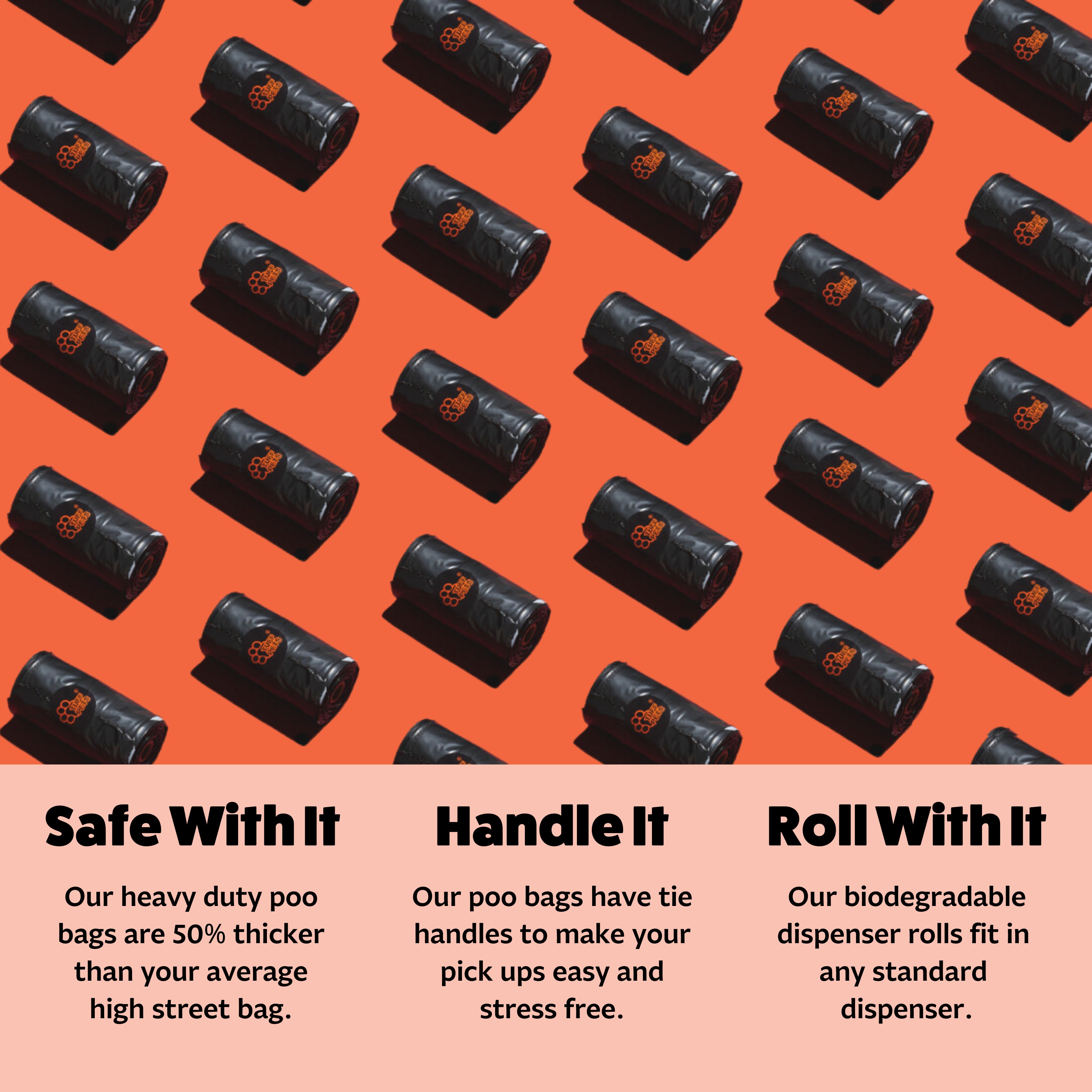


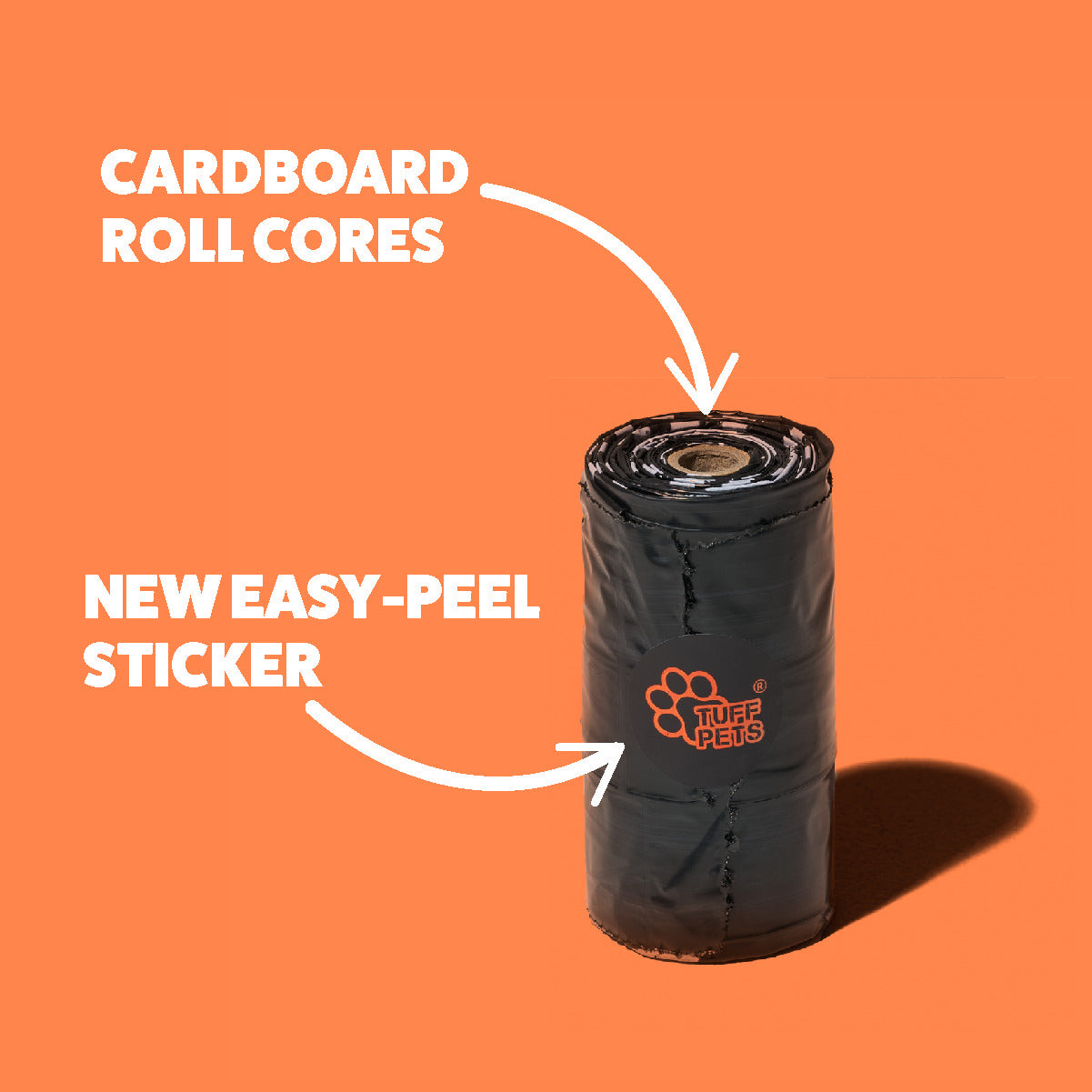
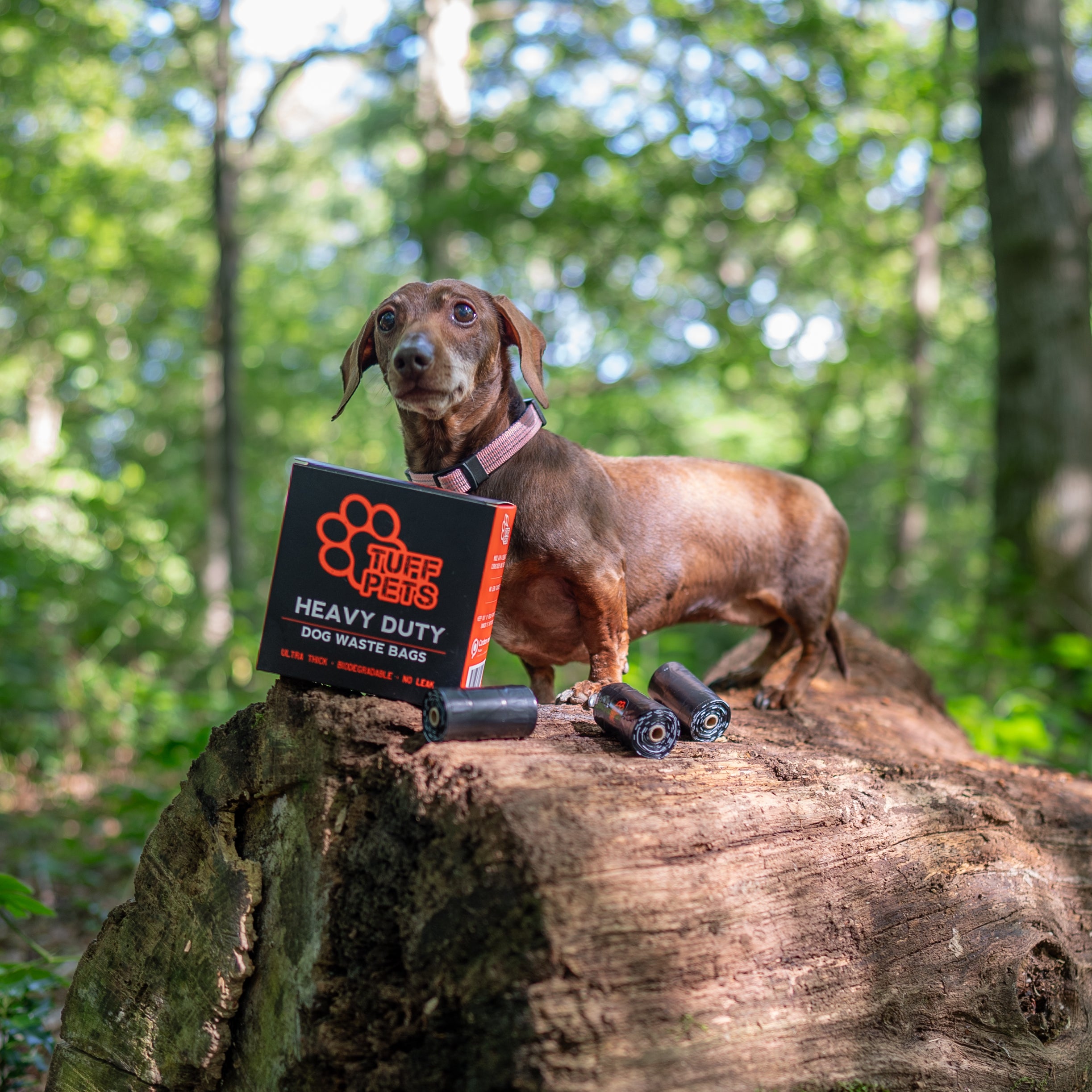

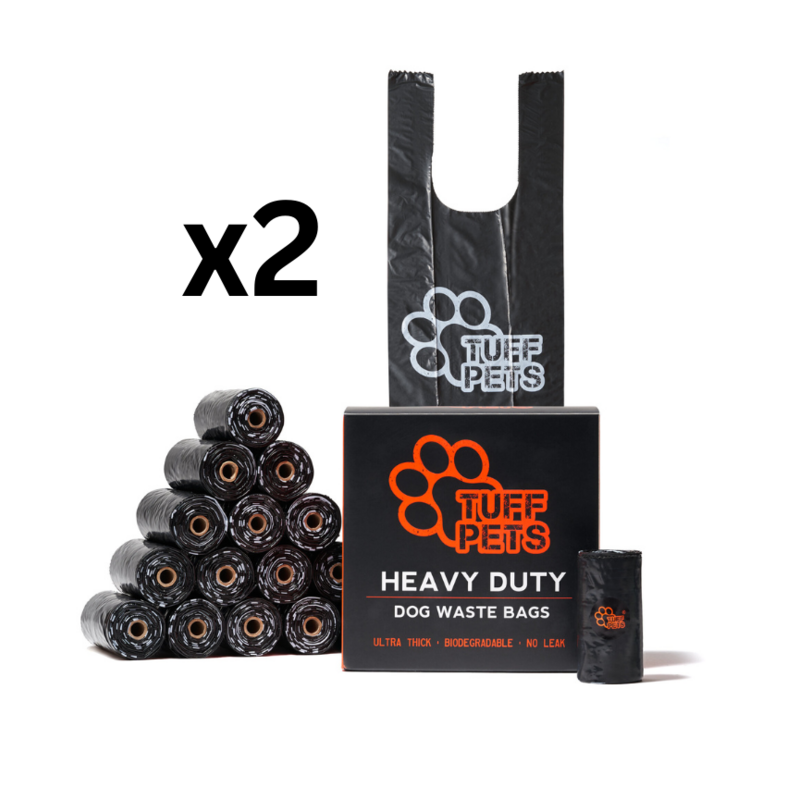
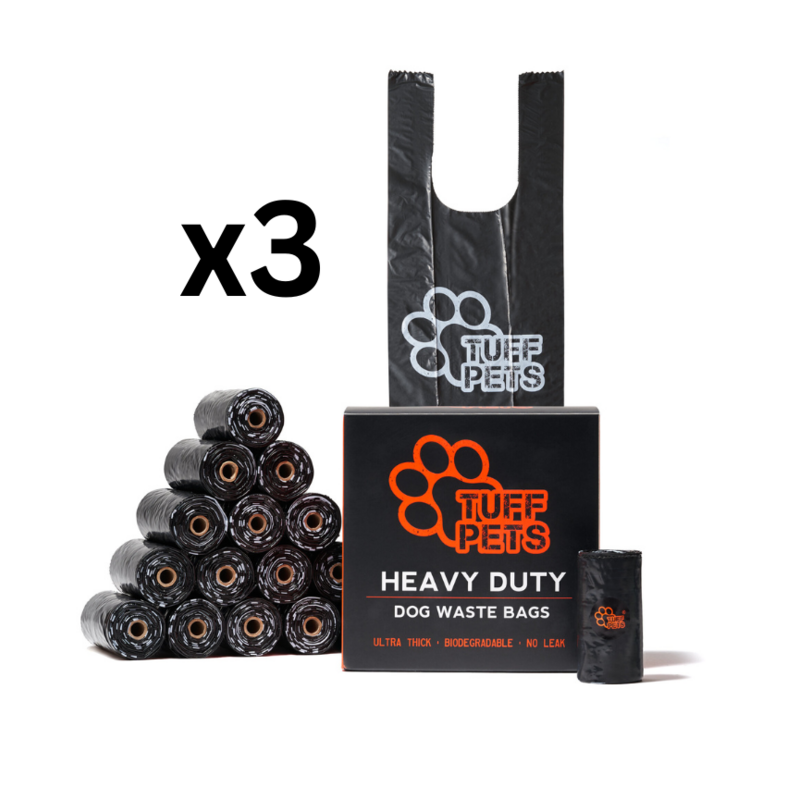
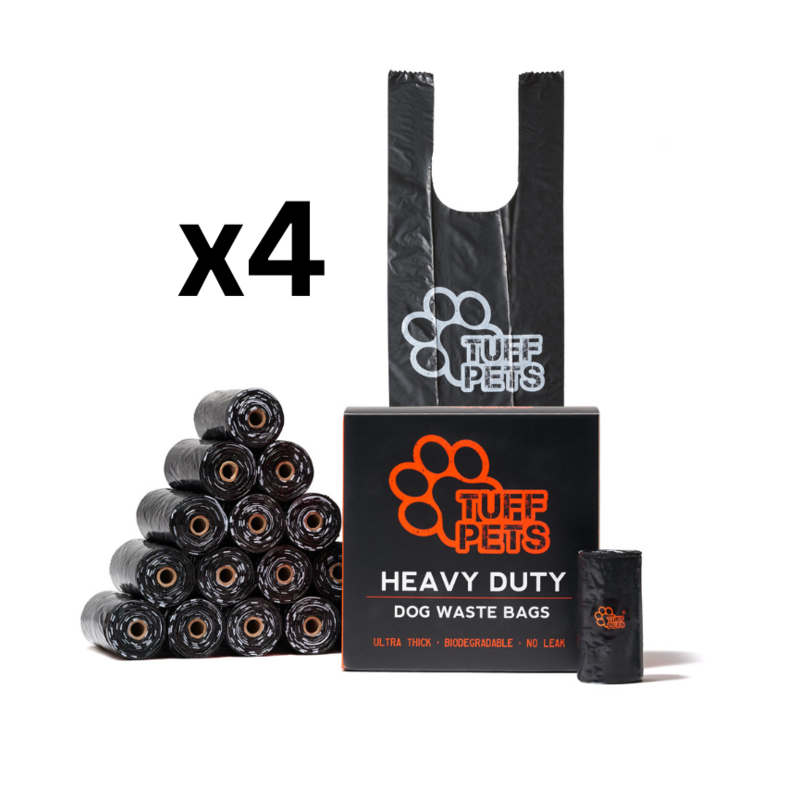
Share:
Puppy Teething & What You Can Do About It
Dog Constipation: Causes and Treatment